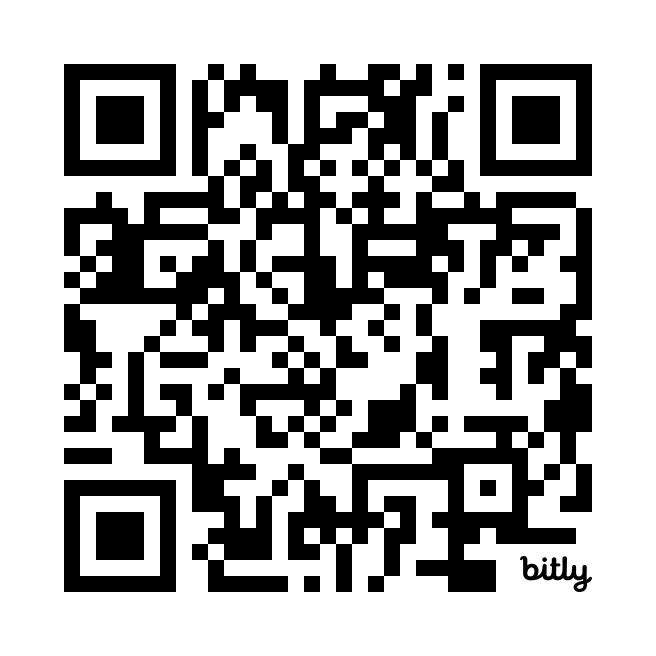
This report is a guide, to help navigate the landscape of educational strategies and discover what truly makes a difference in student performance. It moves to reveal a nuanced understanding of how and why various educational practices succeed. The core finding is that the most powerful influences on student achievement are not isolated tactics but rather interconnected systems where the human element is foundational and pedagogical rigor is paramount.
What’s included?
This guide identifies the highest-leverage factors for a classroom. These include strategies that help students take ownership of their own learning, such as metacognitive and self-regulation skills, as well as the profound impact of high-quality formative feedback and the positive relationships educators build with students. While self-regulation may be self-explanatory, let’s explain metacognition. So, metacognition is the awareness and understanding of one’s own thought processes. This ability plays into enabling learners to plan, monitor, and evaluate their learning to become more effective and independent.
Additionally, the report offers a fresh perspective, for example, by demonstrating that the effectiveness of technology is tied to its thoughtful integration into teaching, not its mere presence.
It culminates in a multi-layered set of recommendations for educators, school leaders, and policymakers. These recommendations emphasize fostering positive learning environments, strategically leveraging data, and investing in ongoing professional development to support, rather than replace, high-quality instruction.
Download a free copy of this guide
If this guide gave you some practical value, you can download and refer to it whenever you need to. You can even share it with someone else!
…or scan the QR code below:

FAQ
Frequently Asked Questions
What is this guide about?
A research-informed resource that clarifies which educational strategies most strongly influence student learning, emphasizing systems over isolated tactics.
Why was it created?
To cut through competing claims and identify high-impact practices by analyzing large bodies of evidence, so limited time and resources are directed where they matter most.
Who is this guide for?
Educators, school leaders, and policymakers seeking an evidence-based foundation for decisions about teaching and learning.
What makes this guide different from other reports?
It synthesizes meta-analyses and broader research rather than relying on single studies, offering a systems-level view and being explicit about methodological limits.
Is this guide relevant beyond the classroom?
Yes. It addresses school climate, social-emotional learning, leadership, and policy conditions that shape student success.
How should readers use this guide?
As a decision framework—not a checklist—to inform context-specific judgment, align practices, and build coherent improvement systems.





